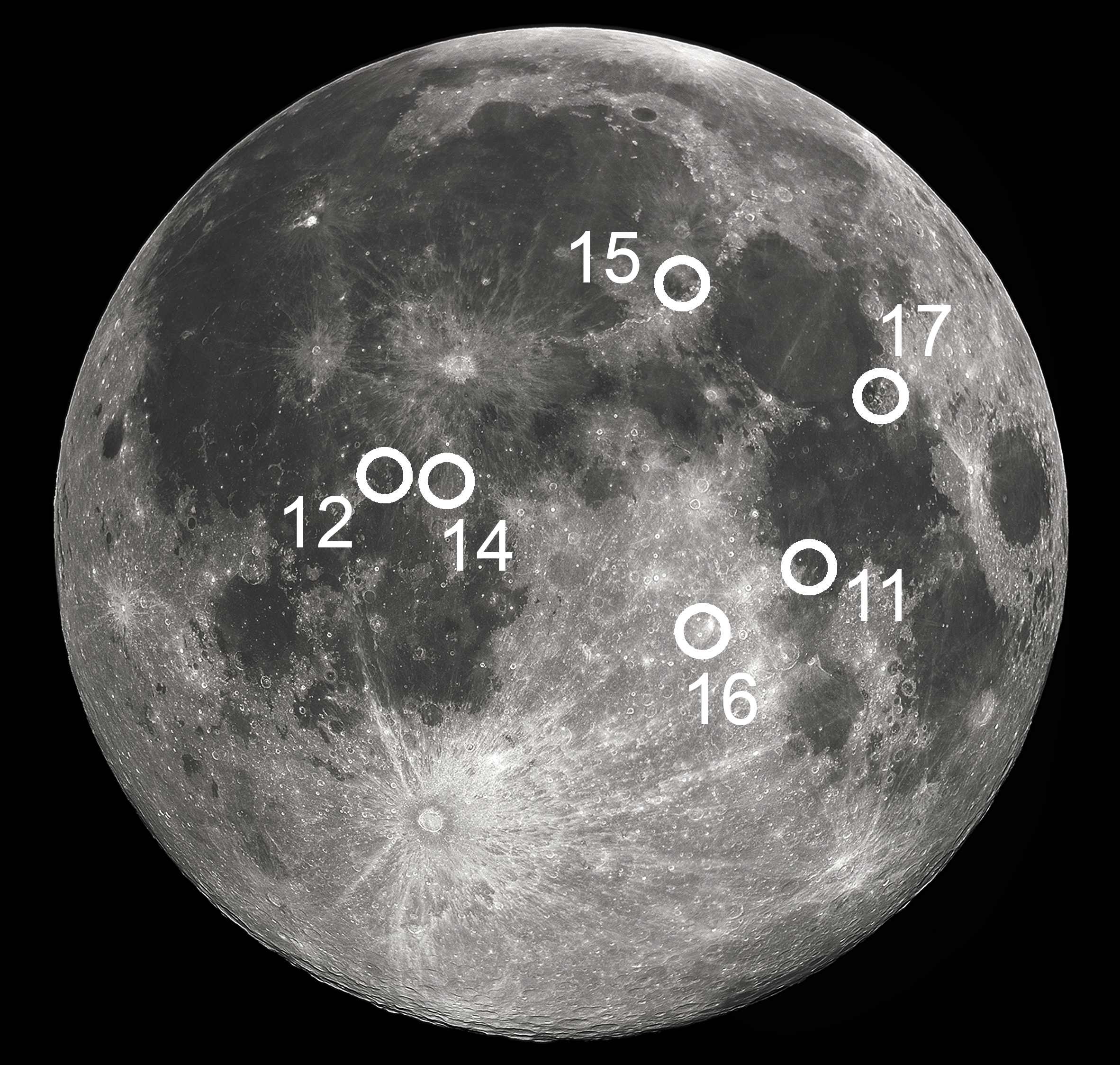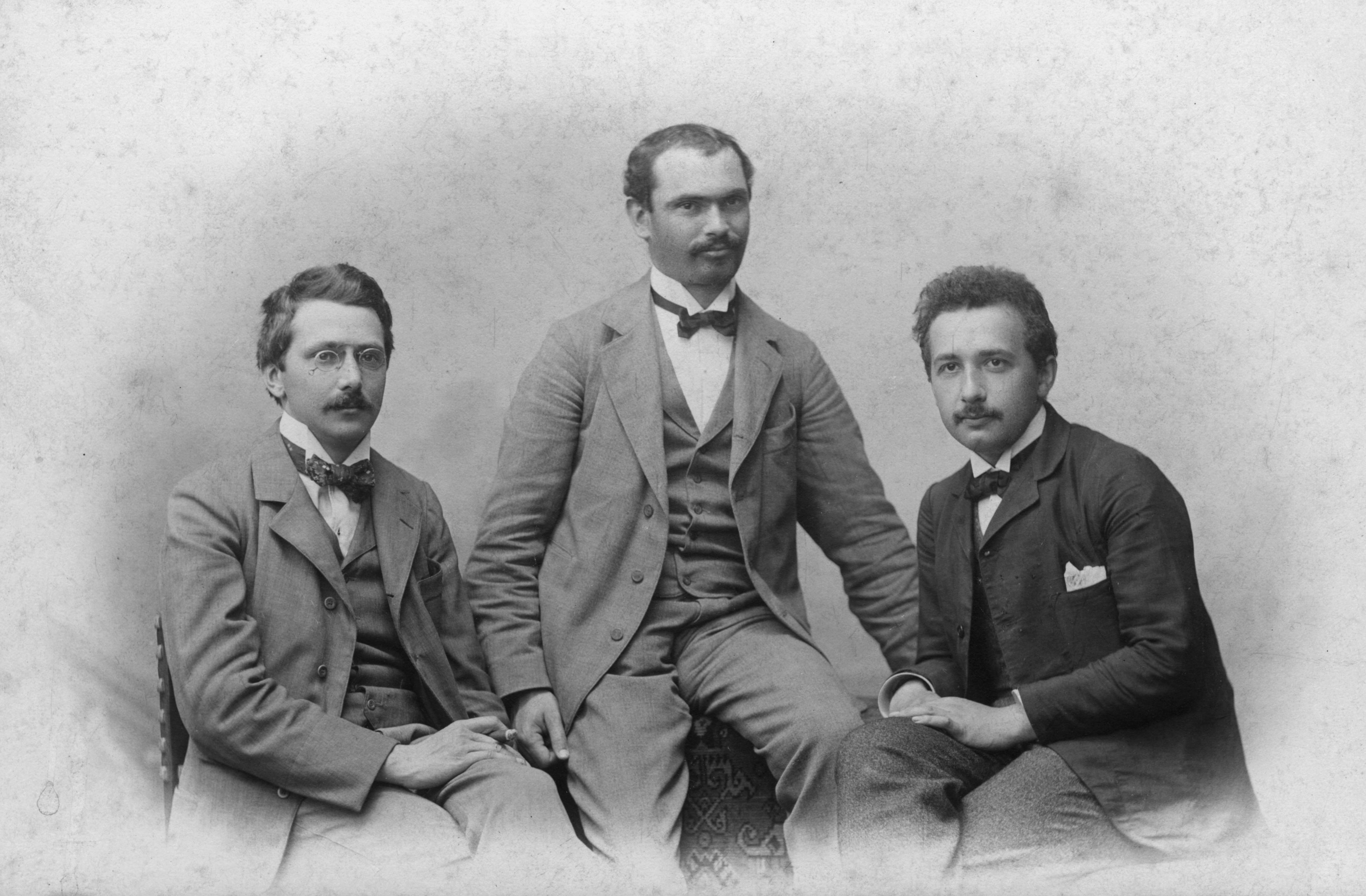On October 4th 1959, exactly two years after the launch of Sputnik, the Soviet Union launched Luna 3 to solve one of astronomy’s enduring mysteries. You’ve probably never heard of it as it has since been overshadowed by the race to land a man on the Moon the following decade. However, this four-foot probe gave humanity its first glimpse at the far side of the Moon. And while it helped solve the mystery how the other side of the Moon looks, it opened up new questions to answer on the nature of the Moon.
Before we get into all that, it’s important to clarify one misconception regarding the Moon. The far side, famous Pink Floyd album notwithstanding, is not the dark side of the Moon. The far side is dark during a full Moon while the familiar near side is facing the Sun. It is not dark during a new Moon when the near side is facing away from the Sun and the far side is facing towards the Sun. That is after all, how images of the far side are obtained-when it is bathed in sunlight.

When we look upon the Moon, the near side is divided into two types of regions. The highlands are the bright regions and are quite old (4.5 billion years old) and heavily cratered. The mare are darker, younger, and less cratered. These regions formed some 3-3.5 billion years ago when large impact events occurred on the Moon, causing magma to flood the impact basin then solidifying into darker, basaltic plains.
The first images from Luna 3 were quite noisy but had enough resolution to determine the far side was mostly highlands. As you might imagine, the Soviet Academy of Science gave the far side features Soviet orientated names. The one major mare region was called Mare Moscoviense and the lava filled crater was dubbed Tsiolkovsky after the Russian rocket pioneer.
Tsiolkovsky Crater is 185 km (115 miles) wide and features a central peak 3200 m (10,500 ft) high. This is a few hundred feet lower than San Jacinto Mountain in California. As the crater has a smooth mare floor, it would make for a good landing spot and was a proposed, but eventually rejected, landing site for Apollo 17. The central peak was formed by the rebound effect of the original impact. You can see such a rebound effect if you drop an object into a glass of milk. In the case of the crater, the uplifted rebound material solidified creating the central peak.

The crater is named for Konstantin Tsiolkovsky, who in the early 1900’s, developed many of the theoretical underpinnings of modern rocketry. He independently derived the ideal rocket equation relating a rocket’s change in velocity to the change in mass and thrust. In 1929, he published his theory of multi-staged rockets. His work was key to the Soviet Union’s initial burst into space.
Mare regions account for only 1% of the far side surface area as opposed to a third of the near side. Both sides have had an equal amount of impacts during its history but the far side did not experience the upwelling of magma after these events. The interior of the Moon is not symmetric. The core of the Moon is closer to Earth and the near side. As a result, the near side has a thinner crust than the far side. It is thought this extra crust made it more difficult for magma to flood the surface on the far side after the impact events.

Only 27 humans in history have seen the far side personally. Those would be the astronauts from the Apollo program that orbited and/or landed on the Moon. All the Apollo missions landed on the near side although there was the proposal to land Apollo 17 on the far side. No doubt, this would have provided rich scientific returns, but would have necessitated the cost of a lunar orbiting communications satellite. As the Apollo program was winding down, this was deemed too expensive. The Apollo program did provide some high-resolution images of the far side as seen below.

After the Apollo program, there was a lull in lunar exploration. A sense of been there, done that, pervaded the public mindset. However, the lunar surface is four times the size of the United States. The six Apollo landings covered a very small area and none of it was on the far side. Exploration of the Moon would not resume until the 1990’s. This modern phase would make some key discoveries on the far side, especially in the Polar Regions.
The presence of a large impact basin on the far side near the South Pole was suspected during the early 1960’s. It was not until the Clementine mission in 1994 that the true extent of the basin was discovered. The South Pole-Aitken Basin stretches some 2,500 km (1,600 miles-about the same from New York City to Cheyenne, WY)) from the South Pole to the Aitken crater. The basin is five miles deep (five times deeper than the Grand Canyon) and is the second largest impact basin in the Solar System. Only Hellas Basin on Mars is larger.
The basin is thought to have been created by a 170 km wide asteroid striking the lunar surface at 10 km/s. To put this in perspective, the asteroid responsible for the dinosaur extinction was about 10 km wide. From a scientific perspective, this basin is of interest as such an impact would uncover the deeper parts of the Moon’s crust. Another aspect of interest is some parts of the basin are permanently shadowed.

The Earth’s axis is titled 23 degrees from the orbital plane. What this means at the poles is that the Sun at its highest point during the Summer Solstice is 23 degrees above the horizon. The Moon’s axis is only tilted 1.5 degrees. Thus at the lunar poles, the highest the Sun rises above the horizon is 1.5 degrees. This is about how high the Sun is fifteen minutes after sunrise in the mid-latitudes on Earth. As a result, a basin as deep as the Aitkin will have cratered sections that never see the light of day. As the Moon has no atmosphere to distribute heat from daylight areas to dark regions, any water that collects in the basin will not evaporate. And indeed, ice and water has been discovered in the basin near the pole.

How does water get to the Moon? The main suspect is the solar wind which transports hydrogen nuclei to the lunar surface. Unlike Earth, the Moon does not have a magnetic field to deflect the solar wind away from the surface. The hydrogen interacts with oxygen in the lunar soil to form water. We typically think of oxygen as an atmospheric gas rather than something in rocks. However, 47% of the Earth’s crust is oxygen in mass and 94% in volume. Oxygen and silicon form chemical bonds quite easily and make up silicate oxides such as silicon dioxide (SiO2) and ferrous oxide (FeO) or iron as it is more commonly known. The same is true of lunar soil and this provides oxygen to combine with hydrogen from the solar wind resulting in water.
Typically, water cannot exist on the lunar surface. Any water would sublimate (transform directly from ice to water vapor) due to the lack of atmospheric pressure. However, in areas without sunlight to start this process, water can exist on the surface. Now, we’re not talking about lakes or seas here, the average amount of water comes out to one liter per ton of lunar soil. The total amount of water on the surface is estimated as several hundred million metric tons. And that is enough to extract and make human settlement on the Moon possible. One possible site for a base would be Shackleton Crater at the South Pole in the Aitken Basin. This site has the benefit of both sunlit and shadowed regions in close proximity of each other.

Any talk of settlement on the Moon needs to include cost. Currently, it costs about $10,000 to lift an ounce of payload from Earth. Although companies such as SpaceX endeavor to bring that cost down with reusable rockets, it will still be quite expensive at this point for humans to migrate into space. Utilizing resources on the Moon would be key for any permanent settlement. Before we talk about space colonies, we need to take baby steps first. This could include a rover and/or sample return mission to the far side followed up by human landings. At that point in time, an assessment of the potential for a permanent presence on the Moon, whether it is on the near side, far side, or at the poles can be made.
Still, the far side is distinct enough compared to the near side that it definitely deserves a look into. And while the idea of a human settlement on the far side seems pretty speculative today, consider this, sixty years ago no one had seen the far side. In 2012, the GRAIL mission MoonKAM, a video instrument devoted to K-12 outreach, took the first video of the far side. Whose to say what the next fifty years will bring?
* Image atop post is a look of the far side of the Moon with the Earth in the background from the DSCOVR satellite. Credit: NASA














































